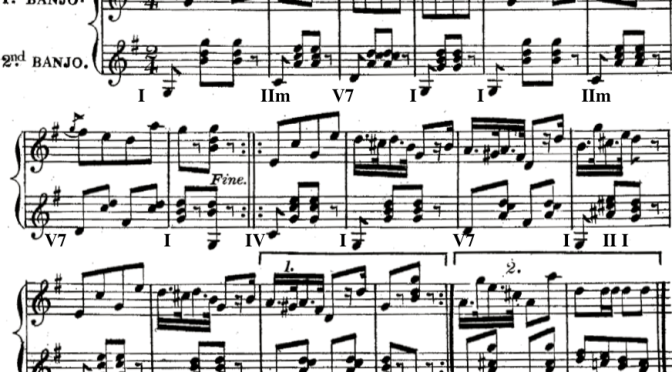I came across sheet music for the Victorian cliche classic “Home Sweet Home” in the June 1st, 1898 edition of S. S. Stewart’s Banjo and Guitar Journal. It’s an arrangement for guitar and mandolin, and I have an American-made mandolin from 1900 and American-made guitar from 1890, so I took the chance to do a super accurate period recording. Also, I thought that it might be useful to people making videos to have a permissively licensed modern recording of this instantly recognizable number.
I found it in this publication:
The magazine had been in circulation for 14 years, but would only last a few issues more, because it carried sad news:

I didn’t know how to mourn the late founder, who I had just met and who had just died, 114 years before:

If you want to play it yourself, the guitar part is at http://soupgreens.com/wp-content/uploads/HomeSweetHome-guitar.png and the mandolin part is at http://soupgreens.com/wp-content/uploads/HomeSweetHome-mandolin.png.
The version I’m hosting above is MP3. If you prefer WAV, it’s on Freesound. You might also find the Soundcloud version useful.
In hope that my recording will be useful to other people, I have put it under a Creative Commons license.

Home Sweet Home by Lucas Gonze is licensed under a Creative Commons Attribution 3.0 Unported License.
Based on a work at http://soupgreens.com/wp-content/uploads/LucasGonze-HomeSweetHome.mp3.
Permissions beyond the scope of this license may be available at mailto:lucas@gonze.com.





